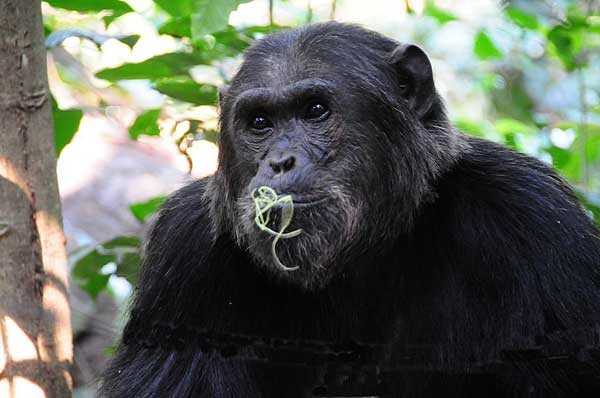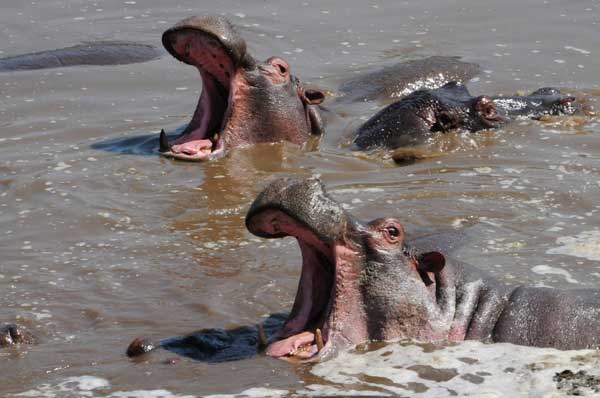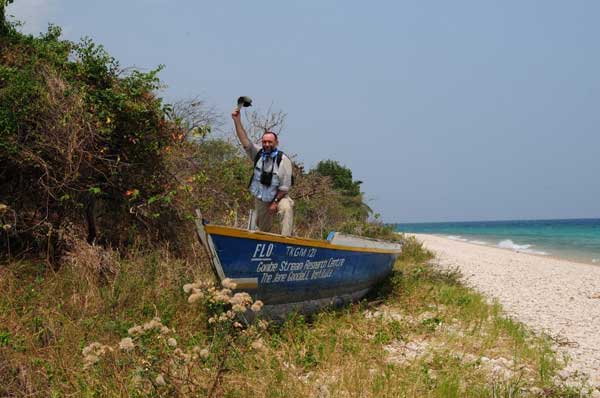English report
AS-HOPE 事業報告
事業番号:AS-23-033
野生チンパンジーの生息地の視察
報告者:マイケル セレス
期間:2011/8/17 - 2011/8/26
For one, who only worked with captive Chimpanzees and other exotic animals
for nearly 4 decades, suddenly being surrounded by wild cousins is a truly fantastic feeling.
Wildlife conservation was the focus of this trip, specifically to capture ideas and bring them back to apply them in captive settings.
Nearly 4 decades passed by since Bernhard Grzimek and his son Michael published the today still very actual and remarkable book "Serengeti Darf
Nicht Sterben" (The Serengeti Shall Not Die).
I was only 16 when first read this book an made a huge impact on me, just as much as when I read the equally
remarkable book by Jane Goodall "In the Shadow on Man.
" One can only dream to see and experience what is written in these books.
As a childhood dream that has developed into a burning desire now became reality, thanks to AS-HOPE! Grzimek and his son already alerted us in 1963 to work hard and save the then 367 thousand animals lived in the Serengeti.
(B.
& M. Grzimek, 1963).
This number in mammals alone has grown to be 4.
5 times as much (2001 estimates, Martin, 2001) During this trip we had a chance to see and often study in
close range of some 40 different species of mammals and birds, many in large groups and by thousands in total, as well as some reptile and insect species.
Observations included of the animals' relation to the ecosystem and habitat, foraging and their behavior in various aspects.
Vigilance, mixed species association, group cohesion as well as habitat utilization and reaction to presence of human disturbance were noted.
In Gombe NP we have encountered some 20 individuals in various age-sex classes
during day tracking.
Unparalleled feeling is when a Chimpanzee mother and her kids passing us observing them, only a mere 50 cm far from people without visibly "noticing" our presence! Observations were possible on maternal care, nursing, feeding and foraging, tool use at termite fishing, traveling, climbing, resting, grooming, while several vocalizations were possible to register: panting, pant-grunts, greetings, pant-hoots, screams,
Waah-barks as such, though most of the time mainly silent.
Selective foraging on ripe and unripe fruits, barks and weeds and collective termite fishing at a creek-bank were closely observed.
Observations were recorded using digital SLR camera and digital HD camcorders that are available for further analysis.



AS-HOPE Project< > >
|







